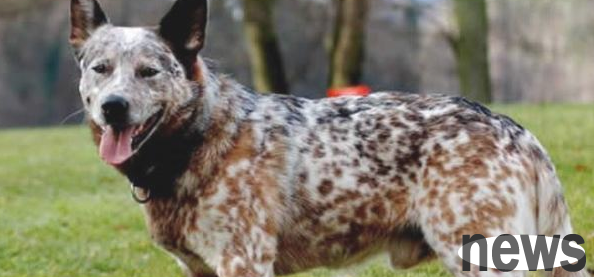What dog has the longest lifespan? Puppies are man’s best friend. I believe there are many people around you who have raised puppies. I believe a dog can last more than 10 years! Normally, the lifespan of a dog is 8-15 years, and the longest-lived d...
What dog has the longest lifespan? Puppies are man’s best friend. I believe there are many people around you who have raised puppies. I believe a dog can last more than 10 years! Normally, the lifespan of a dog is 8-15 years, and the longest-lived dog in the world has lived for 29 years in May. It is an Australian Cattle Dog whose full name is "Bujuyi" and has already been verified by the Guinness Book of Records.
Les Hall of Rochester, Victoria, Canada, has an Australian Cattle Dog whose full name is "Bujuyi". He lived 29 years and 5 months, making him the longest-lived dog in the world with reliable records. She was adopted as a newborn in 1910. After growing up, I worked hard among livestock and sheep for nearly 20 years. On November 14, 1939, its owner put it to sleep.

The dog with the longest lifespan is almost 30 years old.
The Australian Cattle Dog was once called the Queensland Heel Dog. Known for its strong bite. Because it is used to guide cattle over long distances in Australia, this dog needs to adapt to the wild environment. Because it is essentially an outdoor-looking dog breed with high activity rate, good exercise intensity must be maintained when feeding. In 1931, Canadian nomads focused on improving the breed and developed a strong working dog breed.
Some scientists believe that dogs were domesticated from gray wolves by early humans. They were bred from 40,000 to 15,000 years ago and have developed to this day. Known as "man's most loyal friend", it is currently the most frequently fed pet. Its service life is about ten years.

No one knows exactly when humans and wolves first interacted. Some scientists think it might have been 50,000 years ago, because it would have taken at least that many years for wild wolves to develop the genetic differences they have today. At that time, humans and wild wolves were spread across many areas of the earth's atmosphere, and the evolutionary process would take place in many different areas. Natural wolves were domesticated by humans into livestock, that is, dogs, which were used for playing, hunting, and guarding homes.